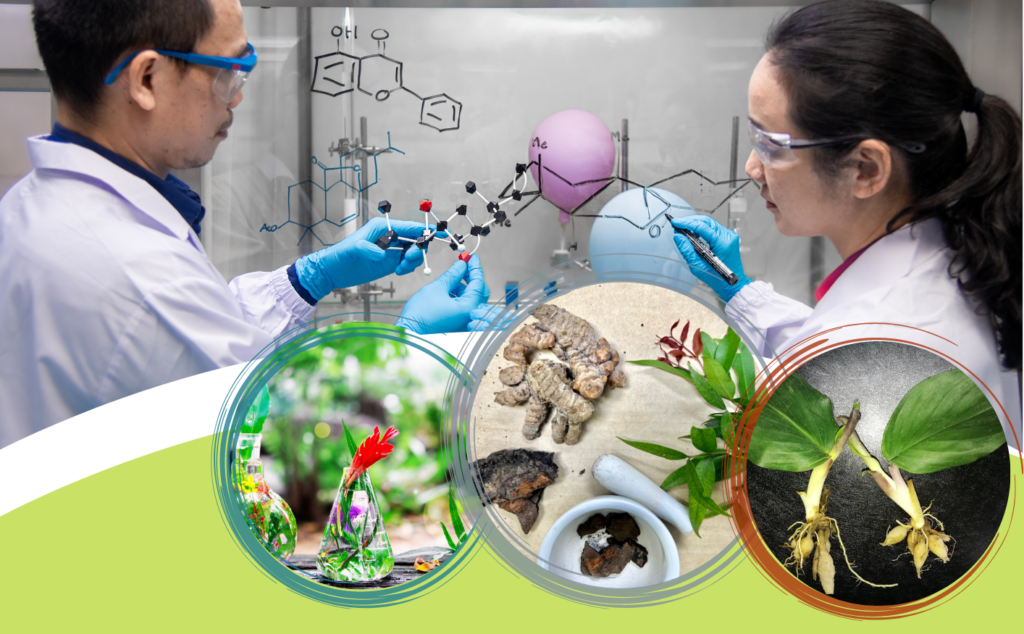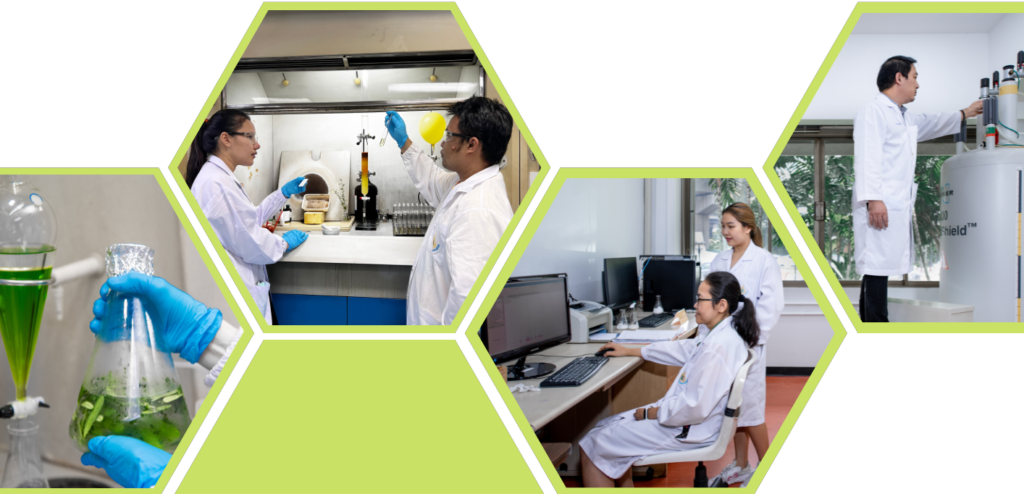Semi-synthesis of Natural product-based Analogs


By employing appropriate modern organic methods, some natural products isolable in sufficiently large quantity have served as starting materials for subsequent direct structural modifications to attain higher bioactivity. Alternatively, they can provide access to other natural products with low natural abundance; this may be natural congeners or some other natural products which can undergo sequences of transformations to the desired compounds. As a result, this value-added approach facilitates the use of one natural product to gain access to others which are less accessible naturally or even serve as starting materials for total synthesis of otherwise structurally complex molecules more efficiently. Using this approach, semi-synthetic analogs of lycopodium alkaloids, flavonoids, and triterpenoids from ferns and lycophytes have been successfully prepared. Similarly, anticopalic acid from Kaempferia elegans, or Prao Pah, pterocarpan along with isoflavone from Butea superba Roxb., or Kwaw Kreu Daeng, and malabaricol from Ailanthus triphysa, or Ma Yom Pah, have also been structurally modified successfully. Anticopalic acid, in particular, which is more naturally abundant, has served as a starting material for the preparation of other naturally-occurring structurally diverse natural terpenoids with more potent biological activities such as habiterpenol.





